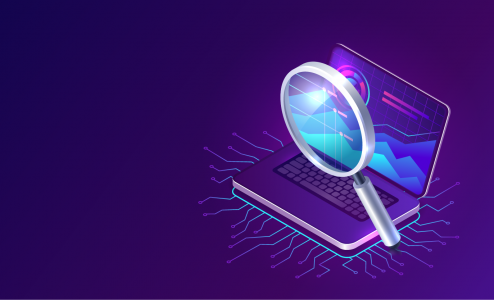But then I hear quotes like this …“Our customers [suppliers] hate their client’s [having multiple] e-invoicing providers. They get the calls from Coke or Kraft, who say, “Hey, you can now send invoices to us through our portal (in fact, that’s the new policy if you want to get paid).” But if you [suppliers] have 20,000 customers, you are busy with debt collection, especially now. And now you have to go from your billing file and pull the 200 invoices manually that need to go to an array of e-invoice providers and get them into a portal because your customer requires it.”
Increasingly, small businesses are getting overwhelmed with too many portals to log into for invoicing. A survey done by APEX Analytix found that 60% of the supplier respondents had to log on to 10 or more portals every month; 10% log on to more than 50. And, 40% said that portals had increased (rather than reduced) their department’s workload.
I wrote about this previously, Are Too Many Supplier Portals Causing Companies Headaches? As more payors (buyers) force companies to use portals to upload invoices to get paid, the number of portals that companies must deal with proliferates.
Is There Any Hope?
Are there any technology solutions? Perhaps, but there is no real quick fix.
- First, large companies that purchase from thousands of suppliers can use RESTful APIs on their supplier portals. Large buying organizations are increasingly publishing APIs for various functions. For example, SAP is increasingly enabling procurement organizations to use internal transaction and catalog data to build reports, check status, fetch catalog data, etc. into a data warehouse or application, combine it with other organizational data, and build custom reports. Another example is to provide access to supplier data to get a list of all suppliers with registered, qualified or preferred status for a specific category, region and business unit. But all this is for internal cost and effectiveness. Being able to extend that to enable companies to send external data via API seems doable.
- A second option is to use a billing consolidator to automate the delivery of invoices to various portals. There are a number of order-to-cash software specialists that are integrated to AP portals, including industry verticals, specific portals for spend categories like transportation, and horizontal portals. Customers integrate with the order-to-cash vendor and send them a “Bill To” file, and the vendor extracts invoices going to the different portals automatically with no manual intervention.
- Another option could be using bots that could be used to log into AP portals to extract data needed for billing.
- Perhaps there is even a blockchain solution here, where encrypted invoices can be uploaded to a platform that integrates with the necessary AP portals. Right now there are several companies that are working on blockchain-based infrastructure to solve the SME liquidity gap, and they could develop the API library to integrate without all the development overhead.
Is all of the above wishful thinking? Perhaps, but portal proliferation has been an issue for some time, and right now, if you are not using a billing consolidator and have not taken the time to integrate, you are using headcount.
This also has implications for if and how you take early pay discounts offered by these various portals. If a company has two FTEs devoted to manually connecting to portals (i.e., logging into to portals, uploading invoices, etc.), do they have authority to take discounts if and when they occur?
What is valuable from a seller’s perspective as we increasingly digitize is to both be able to automate buyer portal integration and a single view of all the various buyer finance programs you work with and all the currencies that you settle invoices. This would be a powerful cash flow planner.
